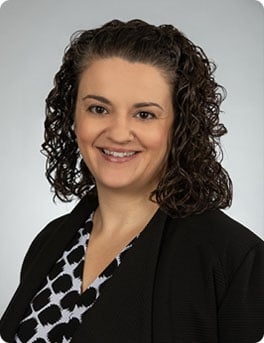So you did your homework and decided that you wanted to set up a living trust estate plan. Now you can sit back and breathe easy that everything has been taken care of, right? WRONG! Many people fail to understand that a living trust-based estate plan involves two steps. The first is to set up the trust agreement itself—i.e., the legal document. This is where many attorneys and law firms stop and they send you on your way thinking you have things taken care of. But there is a critical second step—you must transfer all of your assets into the trust!
Think of the trust like a box and the trust agreement is a set of rules and instructions attached to the box that dictate how anything placed in the box must be managed. The rules only apply to items that are placed in the box. Thus, for the trust agreement to work the way that you intended, you must put your stuff in the box.
If one of your goals was to avoid probate, that will only occur if you get all of your assets out of your individual name and into the name of the trust. This may mean retitling your bank accounts, brokerage accounts, real estate, stocks, bonds, automobiles, and so on. Depending upon your goals and the trust provisions, it also typically is recommended that you update the beneficiary designations on retirement accounts and life insurance policies to name the trust as the primary beneficiary.
Imagine you and your family’s frustration if you’ve been going around thinking you have a trust that takes care of everything, only to find out that when you become disabled it doesn’t even apply or that upon your death, your family still winds up having to deal with the probate court!
This is such an important step that so many people either miss completely or do not do properly that we provide guidance to our clients to help them with the trust funding process. We have different funding options available, but typically our Funding Coordinators will take responsibility for filling out all of the letters, forms and documents you will need to complete the funding process. Plus we’ll review the confirmation and funding verifications received from the bank and respective financial institutions for their accuracy and to ensure that they were properly processed.
We regularly meeting with clients that have brought existing trust documents in for a review, only to find that the trust that was established 3, 5 or 10 years prior was never funded and it basically a useless paperweight! But you are now armed with the right information, so don’t fall victim to this common mistake—get those assets into your trust!
What is trust funding and why might your living trust fail to avoid probate without it?
Ready To Get Started?
The purpose of the Needs Assessment Call is to:
- Briefly discuss your needs and goals
- Discuss best next steps to help you towards your goals
- It typically only takes 15 minutes or less!
North Carolina Estate Planning Attorney Serving the Following Cities and Areas:
- Cary (Main Office)
- Apex
- Clayton
- Durham
- Holly Springs
- Morrisville
- Raleigh
- All of North Carolina

